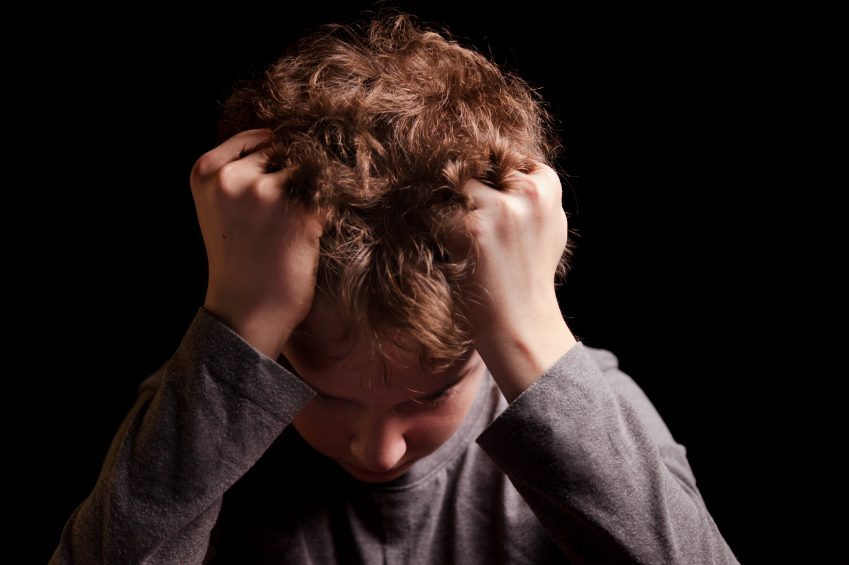What If My Child Is Suicidal?

Posted in: Young Adults
Topics: Behavioral Issues, Depression, Mental Illness + Psychiatric Disorders
We’ve begun many of these posts with stories. We’re not going to do that with this post. When a child takes his or her life, we don’t need to make the post personal. The loss of a child to suicide is necessarily tragic, and deeply disturbing. Fortunately, it is also often preventable if we know what to look for, when to worry, and what to do. We’ll focus in this post on what we know about suicide in young people, and how we can prevent this horrible outcome of psychiatric difficulties.
First, some background statistics:
- In 2019, nearly 1 in 5 of high school students reported having seriously considered suicide in the previous 12 months. At any given time, as many as 30% of kids seriously consider suicide.
- As of 2020, suicide is the 3rd leading cause of death for young people ages 15-24, and the 2nd leading cause of death for those ages 10-14. In addition, some groups of youth are more at risk than others, including American Indians and Alaskan Natives, and those who identify as LGBT+.
- While young people have a lower suicide death rate than adults, they have much higher rates of emergency department (ED) visits for self-harm when compared to those over age 25.
Recognizing Risk Factors
The most common precursor of suicide among young people is an interpersonal conflict or loss, usually with parents or a romantic relationship. This alone is clearly not enough. Interpersonal conflicts are frequent for kids; however, if you combine these conflicts with a pre-existing psychiatric disorder (usually a mood disorder such as depression), and especially if you involve substances, then the risk factors for suicide in young people dramatically increase. In fact, 90% of suicides among kids are associated with a diagnosable psychiatric syndrome, and the three most common factors among those who take their own lives are a mood disorder, substance abuse, or a previous attempt.
Depression is, in fact, the most common psychiatric disorder among youth who attempt or die by suicide, although most students with depression do not attempt to take their own lives. Still, thinking about suicide is a potent indicator of increased risk, and should be taken very seriously.
Importantly, self-mutilating behavior such as cutting, scratching or burning is usually not associated with suicidal intent. Patients who engage in these behaviors often note the maladaptive nature of their actions, but stringently deny any attempt to end their own lives. If anything, these patients say that the mutilation brings transient relief from overwhelming emotion. These children also need help, but it is important to note that the risk of suicide is substantially less.
Addressing Suicidal Comments
Whenever a child notes suicidal ideation, he or she is communicating some form of distress. Assuming that comments about suicide are “merely a cry for help” is dangerous. Even if a child or adolescent is not seriously contemplating suicide, suicidal comments require investigation and help.
When a student has made suicidal comments or attempted suicide, parents, clinicians, and teachers often worry about how to discuss the matter with the student’s peers. Classmates may comment on a student’s excessive crying, self- mutilation, or absence during a hospitalization. Focusing on each student’s concern is a helpful guiding principle. After class, for example, the teacher might explore with a concerned classmate several ways to respond to an upset student, including devising a safe place for a crying student to go to regroup, or acknowledging sadness by saying, “I’m sorry you’re feeling bad right now—would you like to eat lunch with us later?” If a student is hospitalized, the teacher might ask, “What would make you feel better if you were out sick from school?” The class may want to send the student a card wishing a speedy recovery.
So, what’s the best prevention?
- If you’re worried about your child, ask. It is a myth that asking about suicide increases the risk. It can be a relief to them to know you care. Ask if they have ever thought about self-harm, and what they are thinking, intending, or planning.
- Talk with family, friends, or teachers who know your child to learn more about what’s going on.
- Look for support groups or other community resources.
- If your child is being bullied online or in person, take their concerns seriously.
- Call your child’s pediatrician or family doctor to talk through any concerns.
Recognizing the early signs of suicidal thinking, taking seriously all comments about suicide, and being certain to ask young people, especially those with pre-existing mood disorders who have suffered an interpersonal rupture, whether they are feeling suicidal. Contrary to some concerns, asking does not increase the risk of an eventual suicide; asking, in fact, drastically decreases the likelihood of a tragic outcome.
If your child tells you they are having suicidal thoughts:
- Take them seriously
- Make sure they are safe
- Stay with them
- Call 988 or 800-273-TALK (8255); or Text TALK to 741741

 Share
Share Tweet
Tweet





